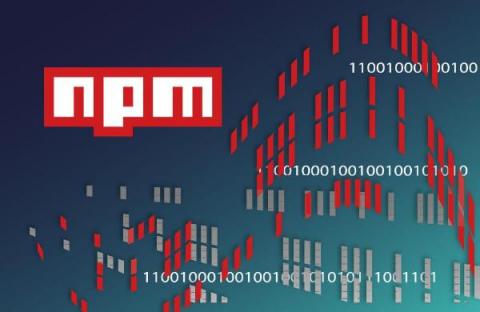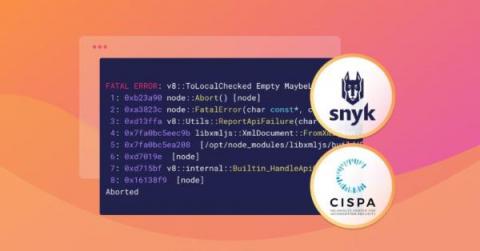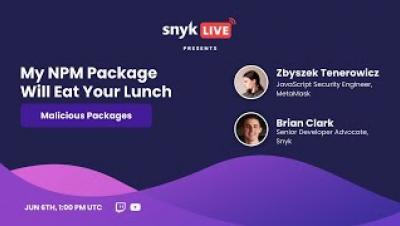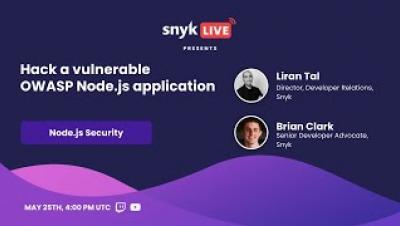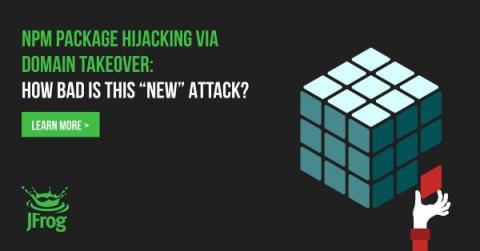Single Author Uploaded 168 Packages to npm as Part of a Massive Dependency Confusion Attack
Mend Supply Chain Defender reported and blocked dozens of packages from the same author. These packages targeted developers of many companies and frameworks like slack, Cloudflare, Datadog, Metamask, react, Shopify, OpenSea, Angular and more. A dependency confusion attack takes advantage of a software developer’s tendency to pull malicious code from public repositories rather than internal ones.


